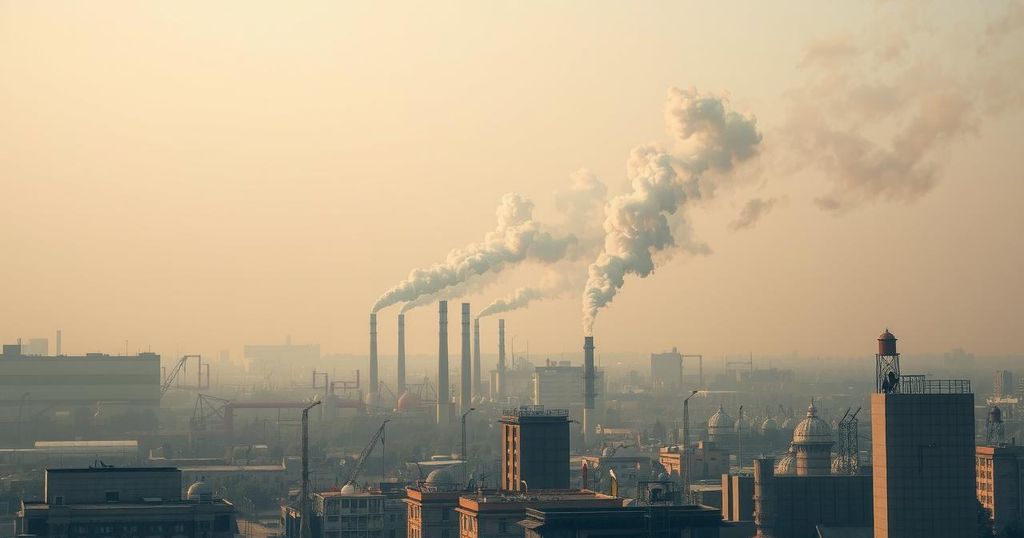India’s Air Pollution Reduction Efforts: Potential Consequences for Climate Warming

A recent study warns that India’s efforts to reduce aerosol emissions could unintentionally accelerate global warming, especially if greenhouse gas emissions are not simultaneously addressed. The research highlights a complex interaction between aerosols and climate change, emphasizing the importance of coordinated policies to protect vulnerable populations while improving air quality. The long-term climate impact requires a deeper understanding of the trade-offs involved in cleaning the air and managing temperature and rainfall effects.
India faces a significant challenge in improving air quality while also combating climate change. A study published in November 2024 in Geophysical Research Letters highlights that sharply reducing aerosol emissions without addressing greenhouse gas emissions might lead to increased warming, particularly affecting vulnerable populations. Researchers found that regions improving air quality in the past have faced accelerated warming, further complicating India’s climate dilemma.
Greenhouse gases trap heat in the atmosphere, intensifying temperature extremes, while aerosols like sulphates and nitrates provide a cooling effect by scattering solar radiation. This difference in behavior is critical, as greenhouse gases persist for centuries, unlike aerosols that last only days to weeks. Thus, changes in aerosol levels can have immediate climate impacts.
India’s thermal power sector relies heavily on coal, generating 70% of its electricity, which emits sulphur dioxide. To improve air quality, mitigating sulphur dioxide emissions is essential, as sulphate aerosols account for a substantial portion of air pollution in the country. According to experts, without these aerosols, India would experience much more significant warming.
Research indicates that India warmed approximately 0.54°C from 1906 to 2005, partially offset by aerosol effects. The country’s average temperature has risen by about 0.7°C from 1901 to 2018, directly linked to greenhouse gas emissions and various anthropogenic factors, including aerosols, which have lessened their overall impact.
Aerosols present intricate challenges for rainfall patterns; their removal may increase temperatures, but impacts on monsoon rainfall could be adverse. Studies warn that changes in aerosol emissions, such as reductions from China, can have far-reaching consequences, exacerbating heatwaves elsewhere, emphasizing the importance of understanding these interactions.
Industrial activities contribute significantly to both aerosol pollution and greenhouse gases, affecting public health and climate resilience. Policy efforts must address both issues to mitigate adverse short-term warming effects on vulnerable populations. Experts advocate for establishing comprehensive heat action plans for cities that consider the potential impacts of aerosol reductions.
While reducing air pollution may reveal underlying greenhouse gas warming, it could also increase rainfall in India—a valuable consideration in climate assessments. Experts agree the health benefits of curbing air pollution outweigh any negative effects related to temperature spikes or altered precipitation. Emphasizing respiratory health, the study calls for targeted adaptation strategies for at-risk populations to navigate these complex challenges.
India’s efforts to reduce air pollution pose a paradox; improving air quality by eliminating aerosols may inadvertently exacerbate global warming without simultaneous reductions in greenhouse gases. This issue underscores the need for effective policy integration that considers both immediate public health benefits and long-term climate effects. Establishing comprehensive strategies for managing air quality and climate change is crucial for safeguarding vulnerable populations and enhancing resilience against the impending climate crises.
Original Source: www.thehindu.com







